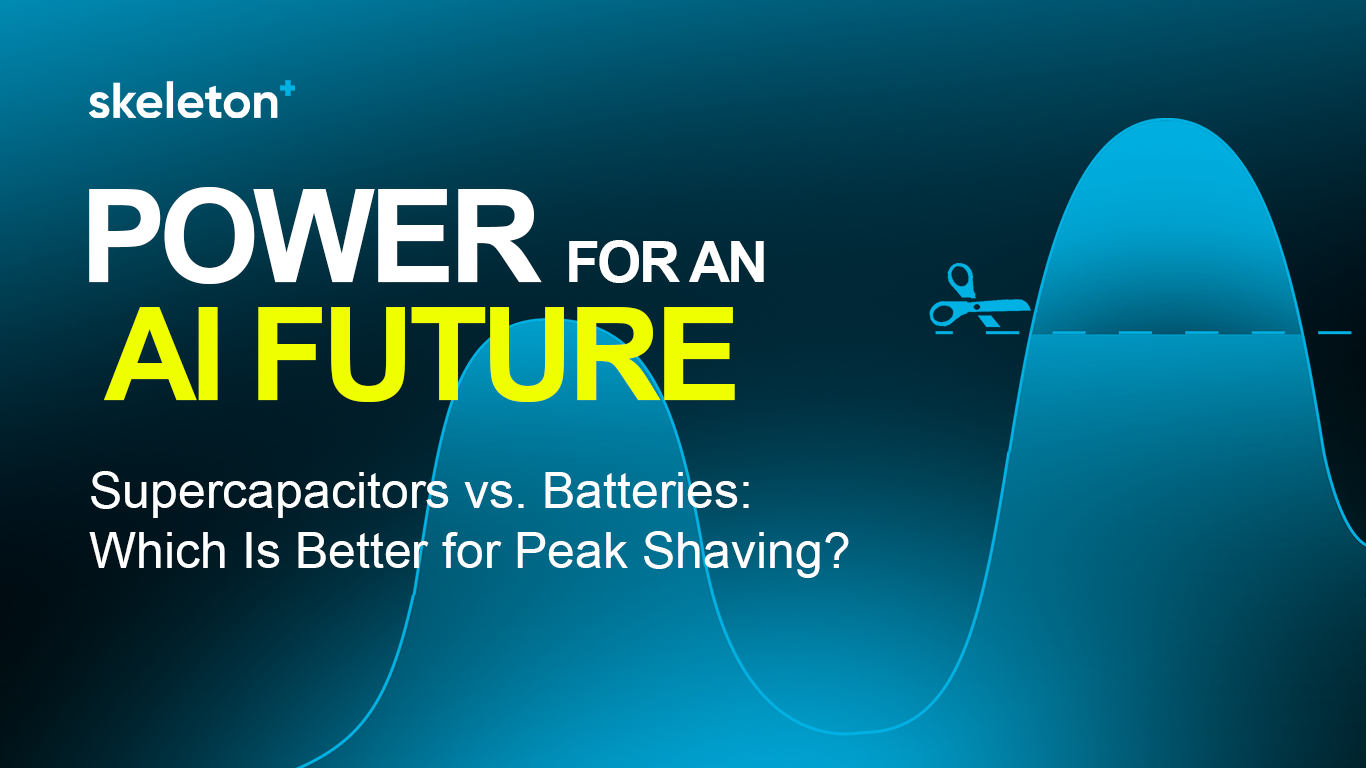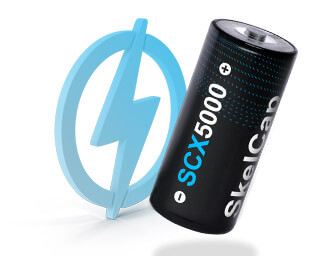

The first truly successful hybrid car was the Toyota Prius. By today's standard perhaps not the prettiest of cars, but the technology was finally ready for adoption beyond the most enthusiastic early adopters.
Launched first in 1997 for the Japanese market only and introduced globally in 2000, the Prius helped Toyota sell more than 10 million hybrid cars by early 2017. With Tesla taking it a step further to full EVs and pushing traditional automotive OEMs to really kickstart their EV programs, to future of the automotive industry is clearly electric.
We think of electric cars as a fairly recent invention, which is not a surprise considering the internal combustion engine has ruled supreme in the automotive industry for over a century.
The first ICE to achieve some commercial success was built in 1858 by Étienne Lenoir, a Belgian engineer. The Lenoir engine was a marvel at its time and powered Lenoir's automobiles, with the 1862 model reaching a speed of 3 km per hour, easily beating the average speed of 0,27 km per hour of the giant tortoise, for example.
Lenoir's success was not to last, however. Nikolaus Otto, a German engineer colleague of Lenoir's, heard of his contemporary's invention and took it upon himself to better it.
After many unsuccessful attempts, Otto joined forces with Eugen Langen, and together they built what is known as the 1864 Otto & Langen engine, a free-piston atmospheric engine that consumed half the gas of the Lenoir engine, and was a commercial success despite its various problems. The Otto engine used a compressed fuel-air mixture initiated by a timed spark ignition, the technological platform modern combustion engines are based on.
Ever since the internal combustion engine has been improved on so much that speed comparisons to giant tortoises have become unnecessary.
The internal combustion engine is on its way out, however, with the resurgence of the electric vehicle.
"Resurgence?", you ask. Yes - the first electric car, quite surprisingly, predates both the Lenoir and Otto engines by about three decades.
There's much debate on who actually invented the first electric car with three names claiming the honor. Ányos Jedlik, a Hungarian inventor, built an early version of an electric motor and used it to power his model car in 1828.
Jedlik was followed by an American blacksmith, Thomas Davenport, in 1834, and a Dutch professor with a name straight out of a Harry Potter novel, Sibrandus Stratingh, in 1835, who together with his assistant, the much more unimaginatively named Christopher Becker, build an electric car powered by primary cells, a type of battery designed to be used only once.
![]() We look at the Teslas, Priuses, and Leafs of today and think of them as the first successfully commercialized electrical vehicles. That's not the case, however.
We look at the Teslas, Priuses, and Leafs of today and think of them as the first successfully commercialized electrical vehicles. That's not the case, however.
The first golden age of the electric vehicle was actually between the late 1890s and early 1900s, when the streets of London were quite literally buzzing with "Hummingbirds", the first electric battery-powered taxis nicknamed by the humming noise created by the electric engine. Electric vehicles were popular in the United States, as well, with 38 percent of American automobiles being powered by electricity at the turn of the century.
At the time, steam engines were the most popular choice at 40%, the now ubiquitous gasoline engine having to settle with a mere 22% of the market share. The popularity of the electric car continued to rise until the early 1910s when it peaked and shortly after plummeted. Lack of speed and range, the latter still plaguing electric cars a century later, were the main culprits along with the technological advancements made in the development of the ICE.
Two significant improvements to the ICE proved extremely successful in the coming years: the electric starter invented by Charles Kettering in 1912 meant the end of hand cranking the engine to life, and the muffler, thought up by Hiram Percy Maxim in 1897, brought the noise level of the ICE down to a more acceptable level. And of course, much like today, electric car sales suffered due to significantly higher prices compared to gasoline-powered cars. In addition, the 1st and 2nd World Wars required cheap, reliable, and long-range vehicles, which the ICE was perfect for. It wasn't until the 1970s that the research on electric vehicles started to pick up again. In the four decades since, there have been few, if any, even moderately successful attempts at bringing an electric car to the market.
The age of extinction for ICEs
Compared to internal combustion engines, electric motors are mechanically very simple and often achieve 90% energy conversion efficiency (about three times higher than ICEs) over the full range of speeds and power output. Additionally, they can also be combined with regenerative braking systems, also called Kinetic Energy Recovery Systems (KERS), which have the ability to convert the energy of motion back into stored electricity. This can be used to reduce the wear-and-tear on brake systems and reduce the total energy needed for a trip.
KERS is particularly effective in congested stop-and-go city traffic, where vehicles such as buses routinely make a large number of stops on their route, or on hilly terrain.
While it will still be some time until we can be rid of the internal combustion engine, the countdown has begun.
The entire transportation sector is entering an era of electrification. New types of buses, trucks, trains, boats, ships, and even airships are being developed and brought to market.
We are successfully overcoming problems that have been preventing for example hybrid electric buses from operating in hot climates, which are an issue for most batteries and ultracapacitors. So far, this has been preventing hybrid electric buses from being operated in ambient temperatures higher than 25 °C (77 °F), but Skeleton’s ultracapacitor modules are now able to handle temperatures up to 65 °C (149 °F) clearing the way for hybrid-electric buses to be used on both sides of the equator.
The key advantage electrification brings is of course the environmental impact of reducing the amount of carbon emissions. According to United States Department of Energy research, if 84% of existing vehicles were switched over to plug-in hybrids, the result would be a 27% total reduction in emissions of the greenhouse gases carbon dioxide, methane, and nitrous oxide, and a 31% total reduction in nitrogen oxides. And that's just passenger cars. The whole transportation sector is responsible for 15-25% of global greenhouse gases, which means the electrification of the transportation industry will have a huge impact on the state of the environment globally.
The constantly increasing efficiency of energy storage devices will increase the popularity of electric and hybrid powertrains. Regenerative braking, start-stop systems, and other auxiliary systems in transportation will decrease fuel consumption significantly in the very near future and within the next 20-30 years we'll start seeing the end of the internal combustion engine.
The automotive sector is already well on its way to a greener future. Much like some species of the giant tortoise that can live up to almost 190 years, the electric car has survived an invading species, the internal combustion engine, and evaded extinction to rise again.





